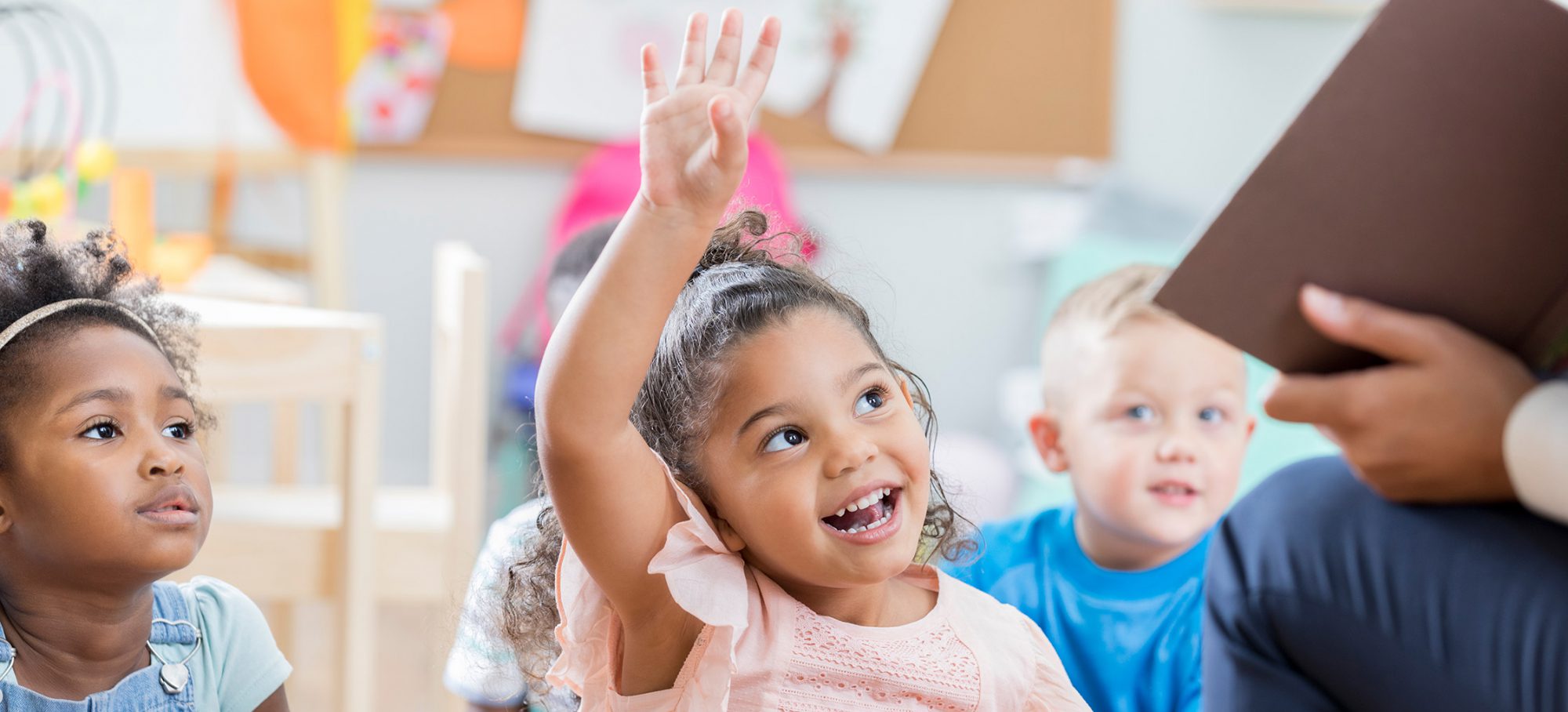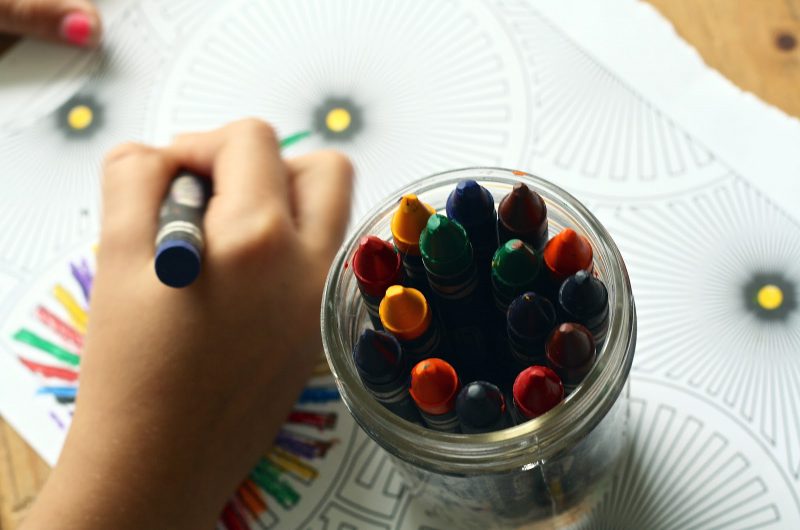When you think of traditional preschool activities, your mind may immediately see images of finger painting, crafts, songs and dance, and other artistic endeavors. It’s no coincidence that these are usually the first scenes that come to mind— the arts play a significant role across many preschool and early childhood curriculums around the world.
And for good reason, too. The arts are more than just a creative outlet for children. It’s an educational tool that fosters cognitive development, builds fine motor skills, and grows linguistic abilities. In addition to this, art builds self-confidence in young children, encouraging them to share their ideas with the world.
The Importance of the Arts for Young Children
Study after study show the benefits of the arts. For example, a five year study conducted by the University of Southern California showed that children’s brains develop faster with musical training. Even with older children, involvement in artistic activities have long been associated with gains in critical thinking, math, reading, and verbal skill.
For preschoolers, art is an important aspect of development. It’s learning, yet for children, feels like play. Because of this, classes and special time dedicated to the arts should be a part of every preschool classroom.
Let’s take a look at some of the basic skills your child develops when engaging in artistic activities.
Cognitive Development
For preschoolers, much of art is experimentation. Not only do they get to let their imagination and creativity loose, but they also absorb new information without even realizing it. As they manipulate materials and supplies, they learn about shape, movement, and spatial relationships. By planning out the image they want to draw, they hone in on critical thinking skills.
Children also learn things like cause and effect. For example, if you push the marker harder, the ink becomes darker. All of these little small discoveries help little tikes learn about the world around them. Every aspect of the process builds upon existing skills and knowledge and works to create new foundations.
Fine Motor Skills
Preschoolers love the process of creating art just as much as (if not more than) the final product.
Arts, crafts, and music are all hands-on activities. When your child holds a crayon, glues a sequin to a piece of paper, or shakes a maraca, they are working on improving their fine motor skills. The movements improve dexterity and hand-eye coordination, paving the way for activities down the line like writing.
Linguistic Abilities
As a parent, you may be tired of hearing the same old nursery rhymes over and over again, but these simple songs actually go a long way in developing your child’s linguistic abilities. Songs help expand a child’s vocabulary and support the development of a child’s voice by getting them to use different pitches, inflections, and tones.
Even painting and drawing work to develop their language skills, because after all, what does every child want to do when they’re finished with a piece? Show it to you and talk about it, of course! Children add intricate and complex stories to their masterpieces and love to share.
Self-Confidence
Lastly, but certainly not least, participation in arts, crafts, music, and song boosts your child’s confidence. With these activities, they learn to take risks and be proud of their work. They paint creations from their mind and sing as if no one is listening. Teachers and parents should be supportive and uplifting of a child’s work and refrain from critiques or criticizing. Doing so can damage self-esteem and limit future creativity.
Art acts as a stress reliever for children, supporting their overall well being, mental health, and emotional development. For this reason, it shouldn’t be something that just takes place in the classroom. Next, we’ll talk about some of the ways you can support your child’s creativity at home.
Supporting Creativity at Home
Participation in artistic endeavours shouldn’t be limited to the classroom. There’s so much that parents can do at home to facilitate learning and self-expression. Here are a few helpful dos and don’ts of supporting creativity at home.
The Dos
- DO provide your child with open ended opportunities. You don’t want to limit your child’s creativity by giving them rigid assignments or instructions.
- DO give your child ample choices. Provide them with different mediums to work with— paints, chalk, play-dough, stickers, and crayons, just to name a few. Different mediums and instruments expand their horizons and unleash their creativity.
- DO let them explore and not just create. Craft time isn’t necessarily all about making something. It could be about organizing beads or pencils by color. It could be about making a long stick by snapping markers together. As long as the child is safe, they should be free to discover and experiment with the tools that they have.
The Don’ts
- DON’T lead, but offer support and guidance when they ask. Being told exactly how to create art takes the fun out of it for many children. Let them figure out the steps to get to their final creation.
- DON’T focus on the final product. At this age (or at any age for that matter), art is not always about the masterpiece at the end. It’s about the fun and learning that took place while making it. For that reason, parents should focus on praising the process rather than the final piece at the end. Instead of focusing on what someone will think of their craft or painting, children will be set on coming up with new and fun ways to express themselves.
At this age, learning takes place in every way, shape, and form. Remember that your child is discovering new things as they experiment with arts, crafts, and music— not just playing.
Conclusion
Artistic activities are more than just fun ways to pass the time for young children. They play an important role in their learning and development throughout early childhood. Because of this, parents should always look into the arts programs that their children’s preschool offers. Will they be getting a healthy daily dose of painting, music, and more? Do they offer specialized classes? These are all questions to ask that can help inform your family’s preschool choice.

